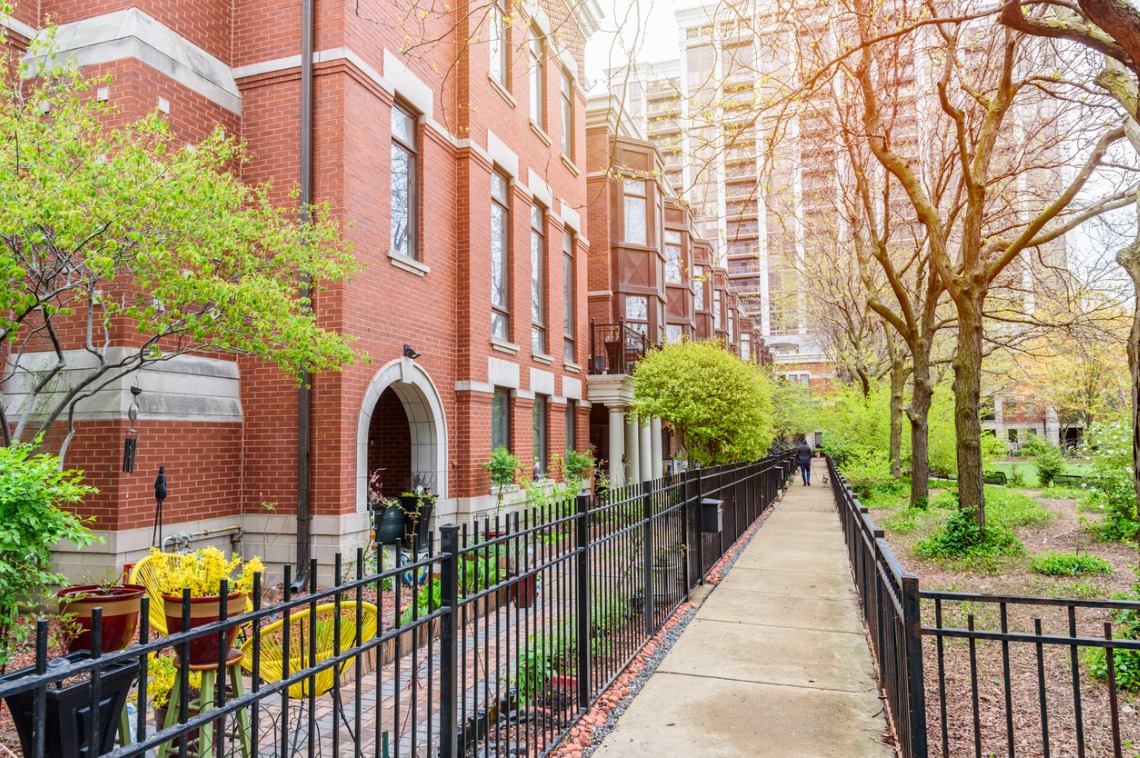Selling a townhouse? A thorough home inspection can ensure a smooth transaction. Knowing what inspectors look for helps you address issues beforehand.
I will provide the following information to help navigate the townhouse inspection process:
- The importance of a pre-sale inspection
- Detailed checklists for inspecting key areas
- Steps to prepare for an inspection and how to address common issues
One of the essential aspects of selling a townhouse is preparation. Maximum Real Estate Exposure has excellent townhouse selling advice. Knowing how to present your property in the best light is critical. Part of that process is getting past the buyer’s home inspection without a hitch.
Read on to make your townhouse inspection-ready.
Why get a pre-sale inspection?
A pre-sale inspection identifies potential issues before buyers find them. This proactive approach can speed up the selling process and increase buyer confidence.
You can make repairs and present your home in the best light. I often recommend a pre-listing inspection in townhouses or condos that don’t have a pristine appearance.
You can then make repairs where needed to ensure the transaction closes.
Benefits of a pre-sale inspection
- Increased buyer confidence: Buyers appreciate transparency. Providing an inspection report builds trust. Some buyers may also waive their inspection contingency, which is an additional benefit.
- Faster sales process: Addressing issues beforehand reduces the likelihood of renegotiations or delays.
- Pricing accuracy: Knowing your home’s condition helps you set a realistic asking price. The price should reflect poor condition.
- Peace of mind: Eliminates last-minute surprises during buyer inspections.
Key areas and items to inspect
Inspecting a townhouse involves checking numerous areas. Here’s a detailed checklist to guide you:
Exterior:
- Roof: Inspect for missing shingles, leaks and overall condition. Look for wear and tear, especially around chimneys and skylights.
- Gutters and downspouts: Ensure they are clear of debris and properly draining. Check for signs of rust or damage.
- Siding and paint: Look for cracks, peeling and other damage. Ensure that all siding is securely attached and painted surfaces are well-maintained.
- Foundation: Check for cracks and signs of settling and pay attention to bulges or shifts in the foundation.
- Windows and doors: Inspect for proper sealing, cracks and functionality. Ensure that locks work and weather stripping is intact.
While the association covers many townhome exteriors, you can ask them for improvements if any deficiencies are discovered.
- Walls and ceilings: Look for cracks, water stains and mold. Pay attention to areas around windows, bathrooms and kitchens.
- Floors: Check for squeaks, cracks and uneven surfaces. Carpets should be clean and free of stains; hardwood should be polished.
- Windows and doors: Ensure they open, close and lock correctly. Look for drafts and ensure the caulking is intact.
- Electrical system: Test all outlets, switches and the breaker panel. Ensure that outlets in kitchens and bathrooms are GFCI-protected.
- Plumbing: Inspect for leaks, water pressure and proper drainage. Check under sinks, around toilets and in basements for signs of leaks.
- HVAC system: Check the condition and functionality of heating and cooling units. Replace filters and consider a professional service if needed.
Basement and attic:
- Basement: Look for signs of water damage, mold and structural issues. Ensure sump pumps and drainage systems are working correctly.
- Attic: Inspect for proper insulation, ventilation and signs of pests. Check for water damage or leaks from the roof.
Steps to take before the inspection
The fewer problems that are found, the better. Remember, today’s buyer wants turnkey properties. They don’t want to take on a seller’s problems.
Preparing for an inspection involves several crucial steps:
- Clean and declutter: Ensure all areas are accessible and tidy. This makes it easier for inspectors to do their job and leaves a good impression.
- Make minor repairs: Fix leaks, squeaky doors and broken fixtures. These minor fixes can prevent more significant concerns from being raised.
- Test systems: Ensure all home systems (HVAC, plumbing, electrical) function. Run all appliances and check for issues.
- Provide documentation: Gather manuals and service records for major appliances. This helps buyers understand the maintenance history.
- Check exterior: Clear gutters, trim bushes and ensure the exterior is well-maintained. This improves curb appeal and prevents issues like water damage.
An excellent local REALTOR® can provide additional tips tailored to your unit.
Common problems found in townhouses
Townhouses often share structural components with neighboring units. Here are typical issues and how to address them:
- Water damage is common in basements and around windows. Fix leaks and ensure proper drainage. Use waterproof paint or sealant where necessary.
- Roof issues: Shared roofing can lead to complications. Regular maintenance and timely repairs are essential. Consider a professional roof inspection.
- Electrical problems: Outdated wiring or overloaded circuits. Upgrade electrical systems as needed. Ensure compliance with current codes.
- Foundation cracks: Look for signs of settling. Professional assessment and repair are crucial. Regularly inspect for new cracks or changes.
- Pest infestations: Common in shared walls and attics. Regular pest control treatments are necessary. Seal entry points and keep the home clean.
Conclusion
Preparing for a home inspection is crucial for townhouse sellers. A pre-sale inspection identifies issues early, allowing you to address them and present your home in the best possible light. You don’t want to end up praying that the property sells. You can avoid this situation by addressing problems upfront.
Best of luck!

